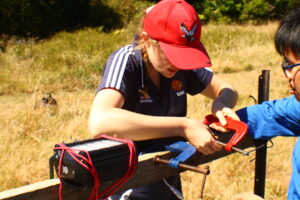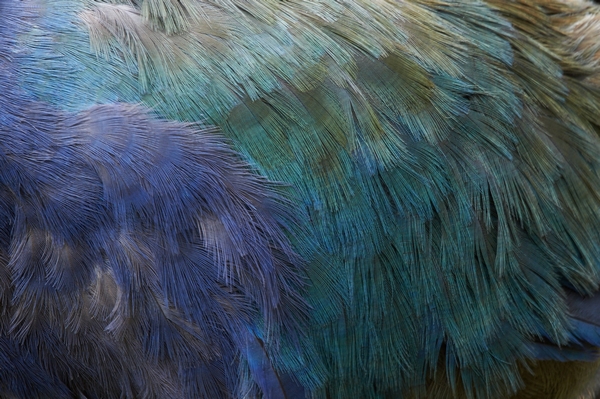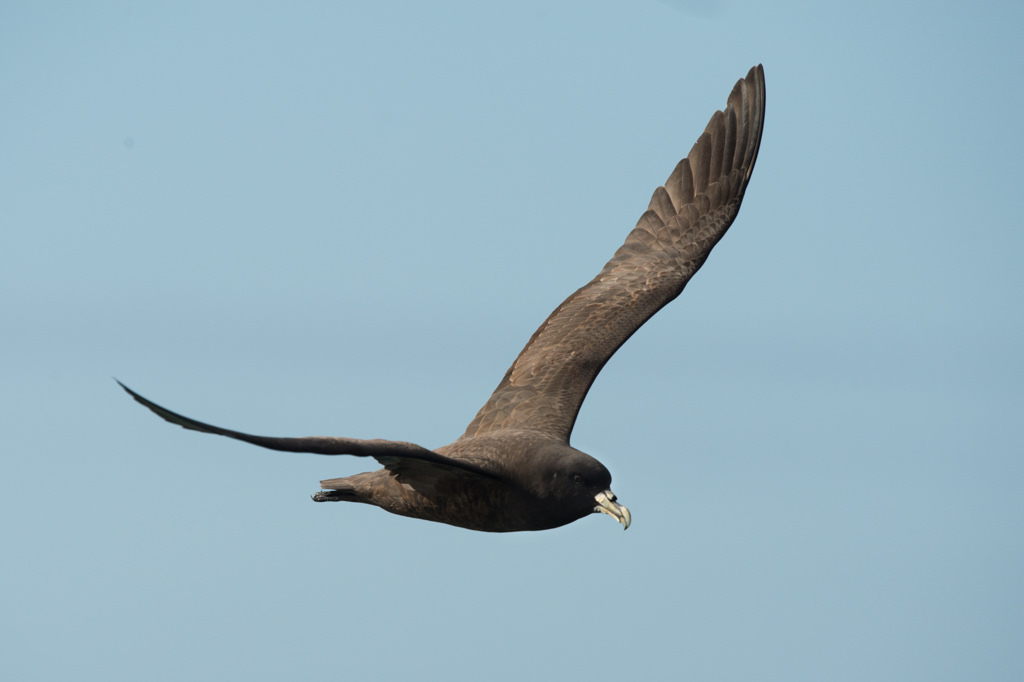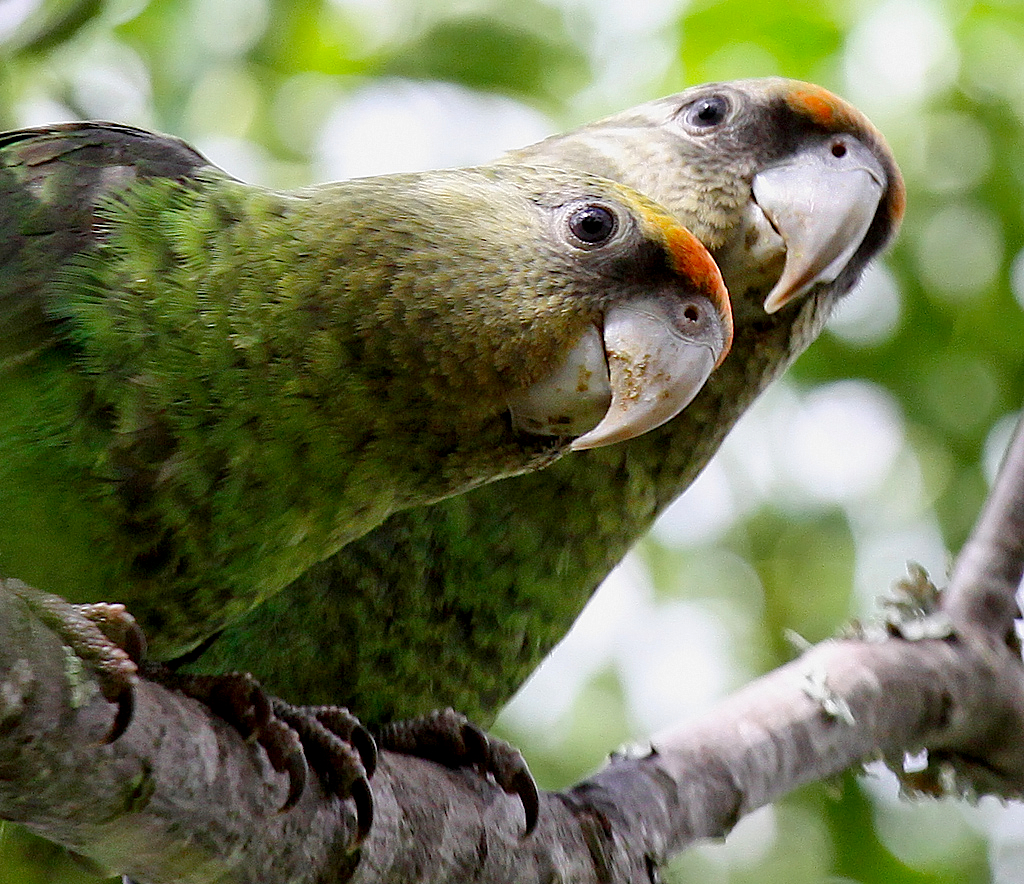Month: December 2021
New Publications Page
December 22nd, 2021Council is delighted to advise members of the Society that a switchover was made today from the old Publications component of the Birds New Zealand website to a new site. The new component is part of a wider programme of website development that now provides improved access to the Society’s scientific journal, “Notornis” (and “NZ Bird Notes”, before 1950), also to “Birds New Zealand” and “Southern Bird” magazines. The old Publications component of the website which has served the Society so well since its launch in 2006 is no longer accessible.
Members should note that some functions on the new website are not available just now; work on these functions will, of course, continue into 2022 in parallel with development of a new digital publication series to be named “Occasional Publications of the Ornithological Society of New Zealand”, also the reconstruction of the rare birds sightings facility, and the development of a digital Beach Patrol reporting facility. It would be appreciated if errors or other technical issues that are discovered during your use of the new website could be reported to the Executive Officer.
Council looks forward to keeping all members updated with progress with website development, and for now we are pleased that a fresh new website for Notornis and other publications is available for your use.
Seabird Sensory Systems and Attraction to Artificial Light
December 9th, 2021Seabirds are vulnerable to light pollution especially when they are fledging. They become disorientated which leads to collisions with anthropogenic structures, groundings and fallout. There is growing research into the types and colours of lights which are attractive to seabirds. Our team, in collaboration with the University of Auckland and Northern NZ Seabird Trust, explored this with the seabirds in the Hauraki Gulf. Using six different types of boat lights we recorded the visitation rates of seabirds to the different lights.
More seabirds were attracted during a new moon compared to a full. Also, we found that the site location was more important compared to the type of light. The different sites had different seabird species compositions. From a seabird’s perspective, when we modelled the lights against the seabird’s visual system we found that white LED light, halogen, flood light and fluorescent lights were very similar to each. However, the red LED light and the green LED light looked the most different from the seabird’s perspective.

Research is currently being conducted into the visual ecology of the seabirds to identify any correlations between light attraction and eyeball sizes. Seabird sensory ecology could be a useful tool to help understand light attraction.
Read more here
International Ornithological Congress 2022
December 8th, 2021The 28th International Ornithological Congress (IOC) will be held in virtual format (in Durban) from 15 to 19 August 2022. All scientifically valid submissions will be included in the virtual program as pre-recorded oral presentations, with the best, early submitted presentations being chosen for in person “live” talks for the physical conference. The entire virtual program of presentation podcasts will then form the conference proceedings. Details are available on https://iocongress2022.com/ The deadline for abstract submission has been extended to 25 March! Register now!


